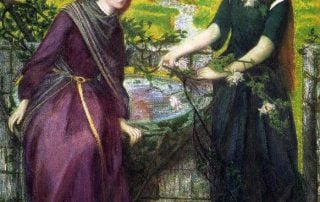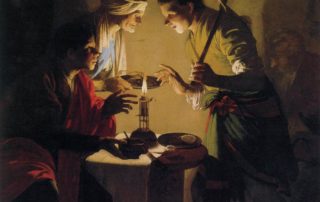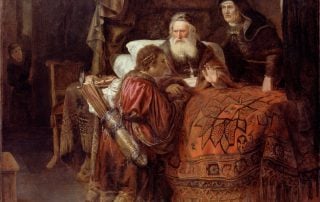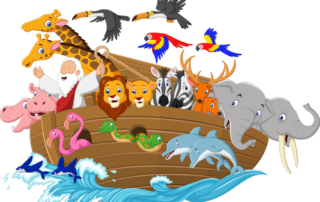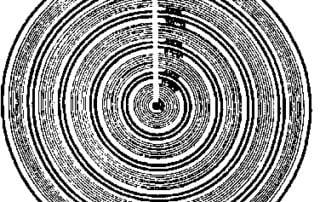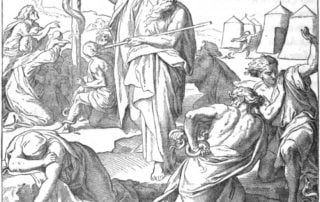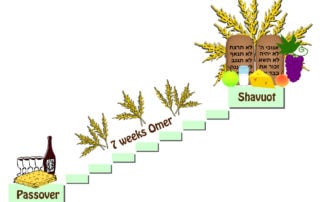On Rachel, Leah, and Dark Energy
Now Laban had two daughters: the name of the elder was Leah, and the name of the younger was Rachel. (Genesis 29:16) Rabbi Isaiah Horowitz (the Shelah HaKadosh)[1] famously says that the Torah speaks to the upper worlds and hints at the lower worlds. That means that the primary subject of the Torah narrative has to do with the dynamics of the spiritual worlds while only hinting at the historical narrative that appears to be the meaning of the biblical text. It is not surprising because what happens down here reflects what happens up there—in the spiritual spheres. However, the historical narrative is not necessarily the only reflection of the higher reality. We may see how the same or similar dynamic is reflected in natural laws. This Torah portion introduces us to two daughters [...]

